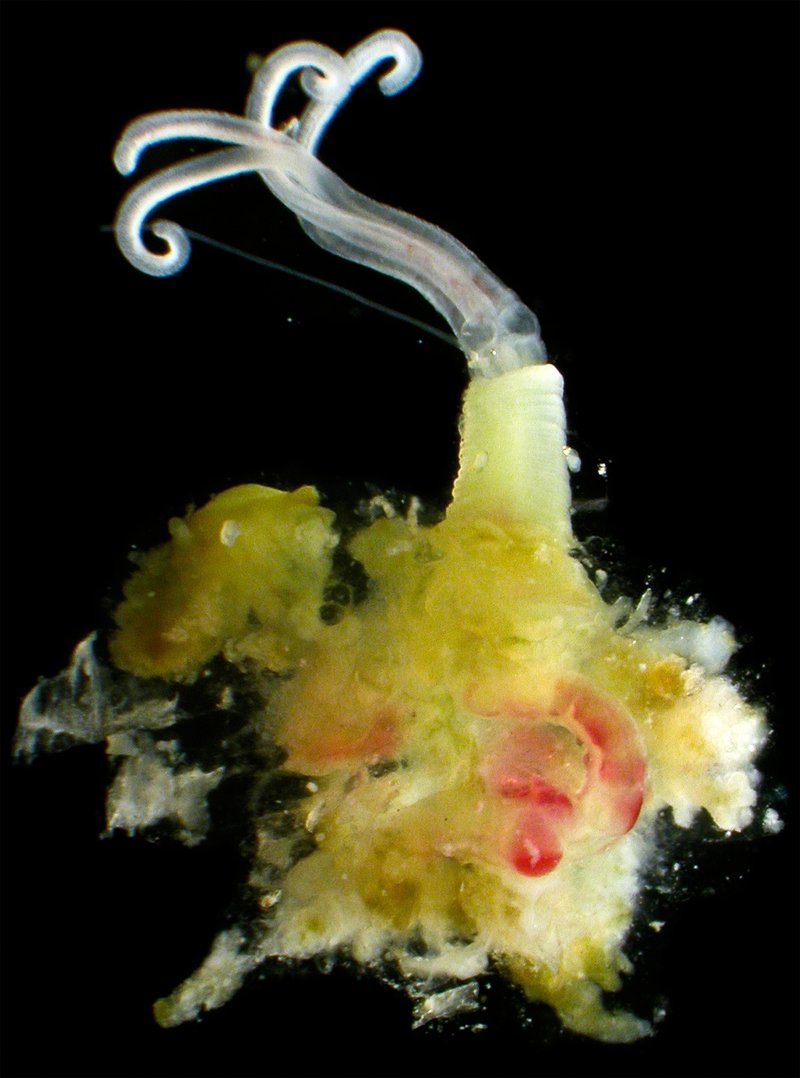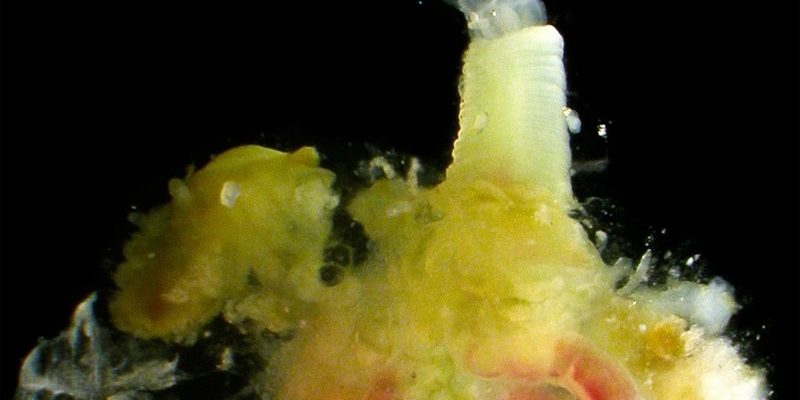
Bone-eating worms, scientifically known as *Osedax*, are part of a unique group of marine polychaete worms. Found in oceans around the globe, these little creatures have developed some extraordinary adaptations that allow them to consume bones—something most animals can’t do. Imagine being able to digest something as hard and dense as a bone. That’s exactly what these worms do, using specialized bacteria to break down the organic material and get the nutrients they need.
Now, you might wonder what makes these worms so special beyond their diet. They’re not just opportunistic scavengers; they’re also key players in their habitats. Let’s explore what these strange, yet fascinating, worms are all about!
What Are Bone-Eating Worms?
Bone-eating worms, as mentioned, belong to the genus *Osedax*. These worms are often found at the bottom of the ocean, where they feast on the bones of dead marine animals. When a creature like a whale dies and sinks to the ocean floor, it becomes a buffet for various organisms, including our bone-eating friends.
Here’s how they get their meals: *Osedax* has a unique way of absorbing nutrients. They get rid of their own digestive system to make way for symbiotic bacteria. These helpful microbes break down the collagen in bones, allowing the worms to extract necessary nutrients. It’s a real partnership, showcasing how different life forms can work together for survival.
The appearance of bone-eating worms is as intriguing as their diet. They often have a long, slender body covered with vibrant colors, usually shades of red, pink, or yellow. This not only makes them look fascinating but also helps them attract potential mates. They can range in length from a few centimeters to several decimeters, depending on the species.
How Do Bone-Eating Worms Find Their Food?
You might be curious about how these worms locate their meals in the vast ocean. When a large animal dies, its bones release compounds that signal nearby *Osedax* to come and feast. It’s like putting out a dinner bell in the deep sea!
Once they detect the scent, they use their root-like structures called “root sacs” to anchor onto the bone. These roots can penetrate the bone, accessing the nutrients trapped inside. Each worm can feed on a single bone for months, sometimes even years, depending on its size and the amount of collagen present.
Think of it as a tiny, underwater excavation project. Each time a large animal dies, the bone-eating worms swarm in, breaking down the remaining organic material. This process helps maintain a healthy ocean ecosystem by recycling nutrients that would otherwise be lost.
The Role of Bacteria in Bone Digestion
Let’s talk about the bacteria that make this diet possible. Bone-eating worms rely on a unique set of microbes living inside them to help digest the bones. These bacteria break down collagen and other proteins, transforming them into usable nutrients for the worms.
This symbiotic relationship is a fantastic example of nature’s ingenuity. Without the bacteria, the worms wouldn’t be able to access the nutrients locked within the bones. Instead, they would starve. It’s almost like having a personal chef that specializes in gourmet bone dishes!
Interestingly, researchers are studying these bacteria for their potential applications in medicine and biotechnology. If scientists can harness their capabilities, they could help in developing new methods for breaking down tough organic materials or even in medical research.
Where Do Bone-Eating Worms Live?
Bone-eating worms are primarily found on ocean floors, particularly in areas rich in marine life. You can find them around hydrothermal vents, deep-sea trenches, and continental slopes. The locations where they thrive are often characterized by an abundance of carcasses, which ensures a steady food supply.
One of the most remarkable sites to encounter these worms is the “whale fall” environment. When a whale dies and sinks to the ocean floor, its carcass provides a long-term food source. In fact, bone-eating worms can be the first to arrive on the scene, quickly establishing colonies and beginning their feast.
The depth at which they reside varies significantly among species. Some prefer shallower waters, while others thrive in the more extreme depths of the ocean. The diversity of habitats reflects their adaptability and resilience as a species.
The Lifecycle of Bone-Eating Worms
Bone-eating worms have a unique lifecycle that starts with the presence of a suitable bone. Once they find a meal, they mate and lay their eggs, which are released into the surrounding environment. It’s here that the tiny larvae start their journey.
The larvae are fascinating: they have a unique ability to swim and search for bones in the ocean. Once they find a suitable bone, they settle, sprout their root sacs, and develop into adult worms. This transition from larval swimming to a stationary feeding lifestyle is crucial for their survival.
Reproduction among bone-eating worms is also an interesting topic. Some species exhibit sexual dimorphism, where males are smaller and often live within the body of the larger female. This unique arrangement allows for efficient mating and helps secure the continuation of their species in an environment where food can be sparse.
Why Bone-Eating Worms Matter to Our Ecosystem
You might be wondering, why should we care about bone-eating worms? These creatures play a vital role in maintaining the health of ocean ecosystems. By breaking down dead animals, they help recycle nutrients back into the marine food web. This process supports various life forms, from tiny microorganisms to larger predators.
Moreover, bone-eating worms also contribute to biogeochemical cycles, such as carbon and nitrogen cycles. By facilitating the decomposition of organic matter, they aid in controlling nutrient flows in the ocean, which is essential for the overall balance of marine habitats.
Their unique dietary habits can also offer insights into the evolution of marine life. Understanding how these worms have adapted to such specific ecological niches can help scientists better comprehend ocean ecosystems and the impacts of environmental changes.
Bone-eating worms are more than just peculiar creatures that munch on bones; they are essential players in the marine ecosystem. Their unique adaptations and symbiotic relationships showcase the incredible complexity of ocean life.
These worms remind us that every organism, no matter how unusual, has a role to play. As we continue to learn about these fascinating beings, we gain insights into the delicate balance of our oceans and the importance of preserving them. So the next time you think about the ocean’s mysteries, remember that even the oddest creatures can have a significant impact on the environment.

